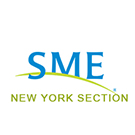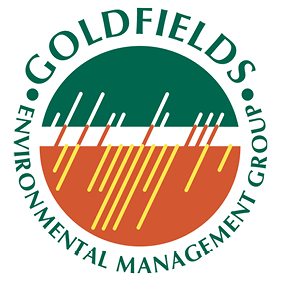Emre Onsel presents this state-of-the-art virtual reality/mixed reality technology in the Mining 4.0 Digital Symposium by the Canadian Institute of Mining.
Technical Session: The Connected Mine | November 03, 2021, 08:50 AM - 09:15 AM GMT-7
Abstract:
The application of new technologies are changing and improving fundamental data collection processes in the geological sciences. Traditional methods of mapping in mines using a geological compass, a tape measure and pen/paper have been improved in recent years through the use of smart phones/tablets for taking measurements, notes and photographic images. Data collection is further enhanced through the use of remote sensing, e.g. LiDAR and photogrammetry to collect data with subsequent office-based data processing. However, the collected 3D data is usually displayed on 2D monitors which is a very different experience in comparison to field work. The perception of 3-dimensional geometry and scale are lost, which may result in biased and limited interpretations.
The Microsoft HoloLens is an augmented reality headset comprising a computer with a transparent screen and a 3D scanner. This device allows the creation of a 3D map of the real-world almost in real-time. Using this map, it becomes possible to place virtual objects within the real-world and to know the location of the HoloLens user. As the screen is transparent HoloLens users can see the real-world along with virtual objects, such as previous mapping and drilling completed anywhere within the underground mining operation. We have taken advantage of state-of-the-art new VR/MR technology and developed a HoloLens application which can be used to annotate/draw directly on a rock face and make available the necessary spatial data in the field for use during mapping. After field work has been undertaken, the collected data can be easily exported to other software without further post-processing. We have also developed holographic mapping procedures for virtual rock outcrops constructed from remote sensing data, e.g. ground and UAV based LiDAR and photogrammetry. This allows office-based mapping of virtual outcrops. The developed software will improve direct outcrop mapping and office-based mapping using remote data.


